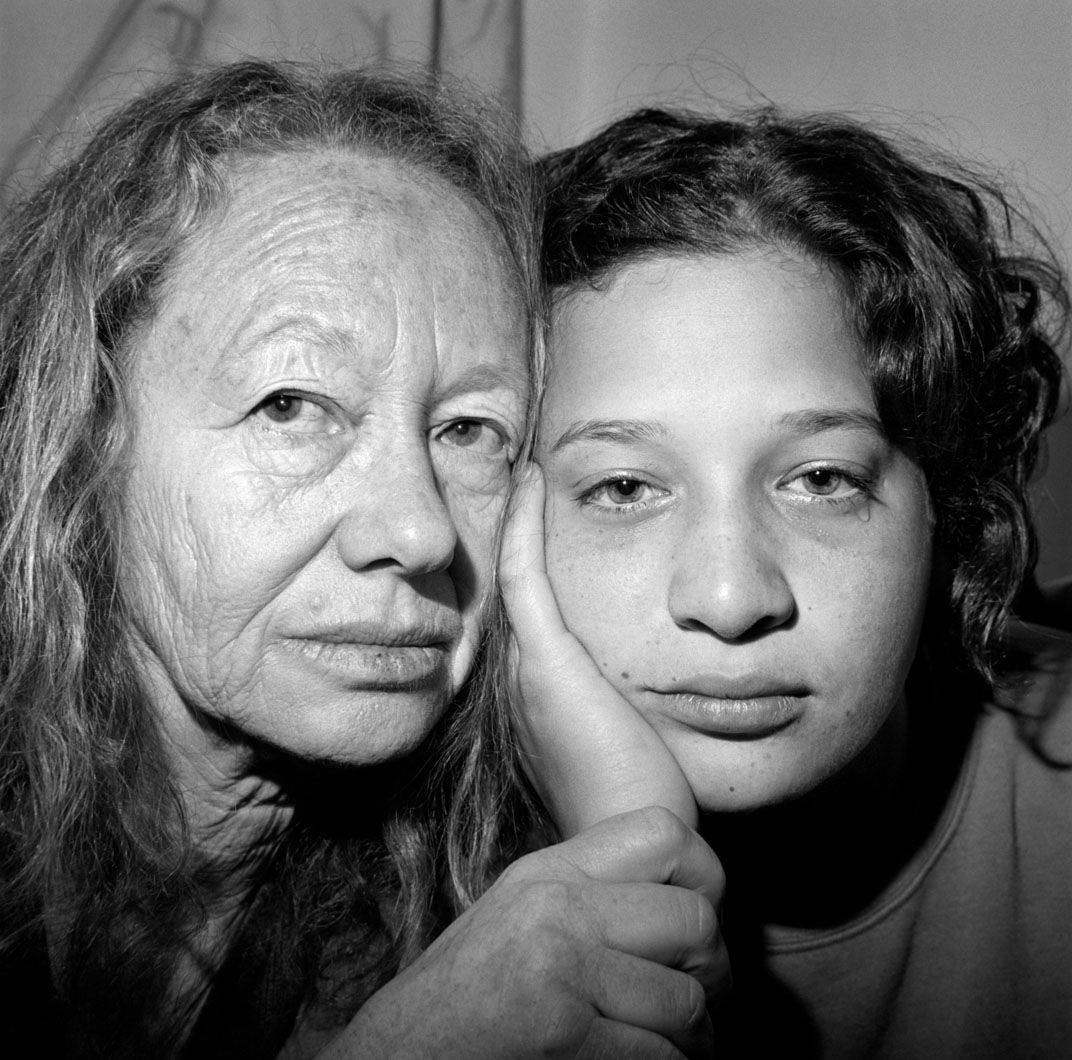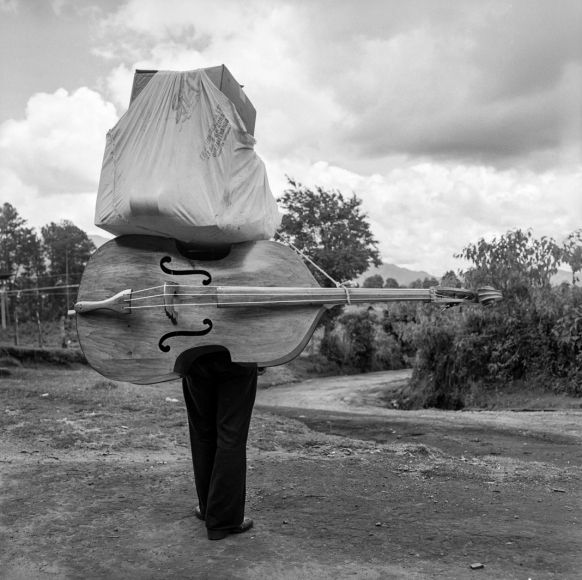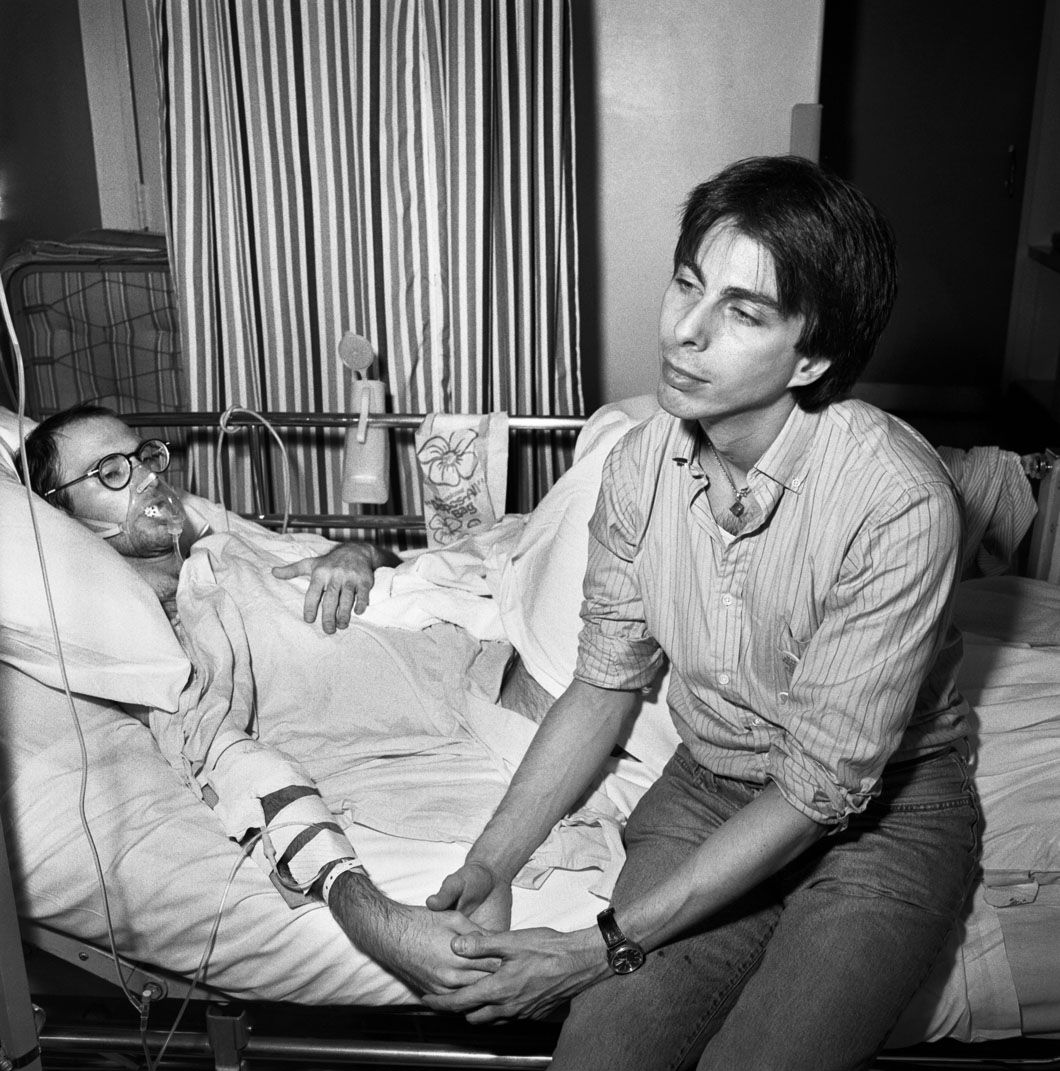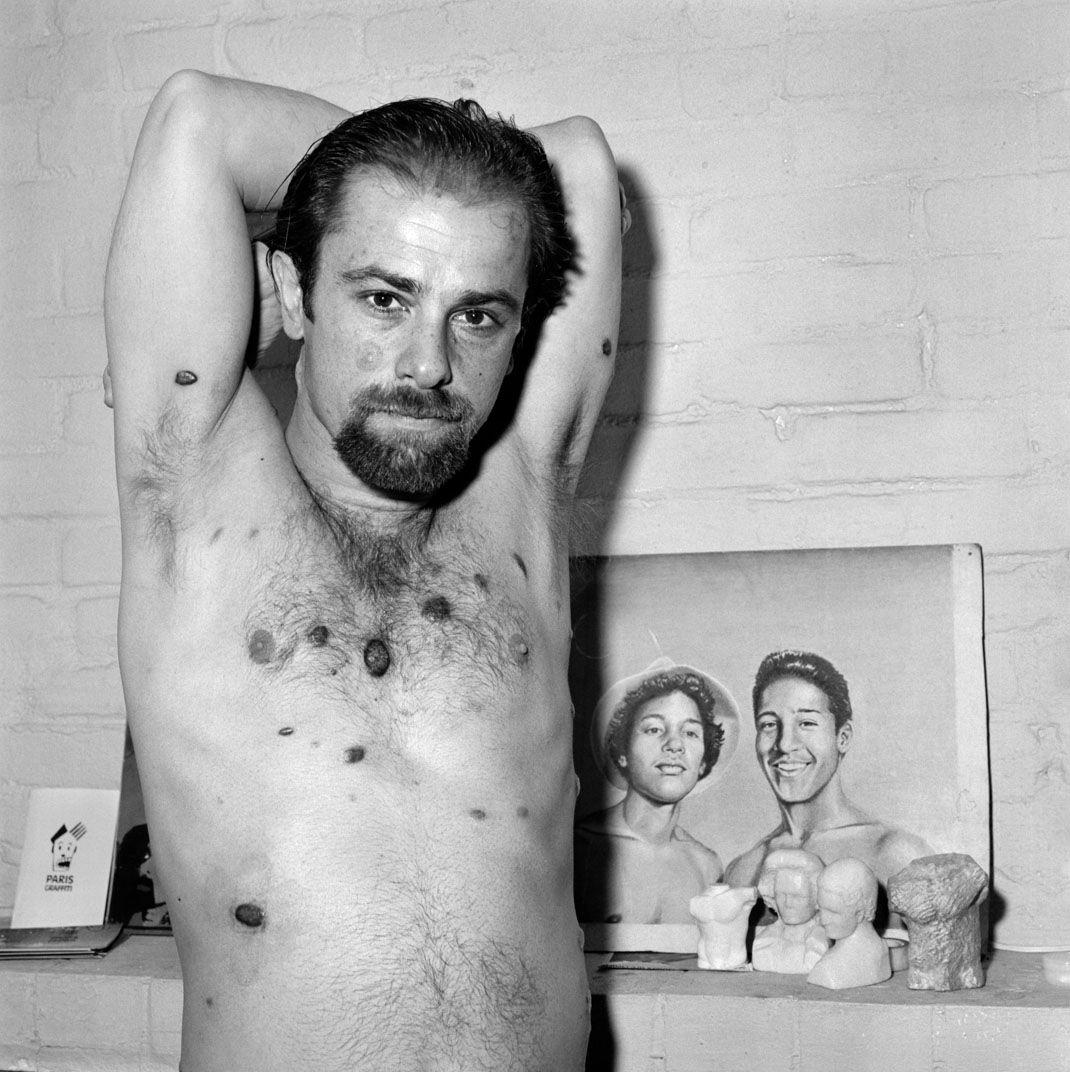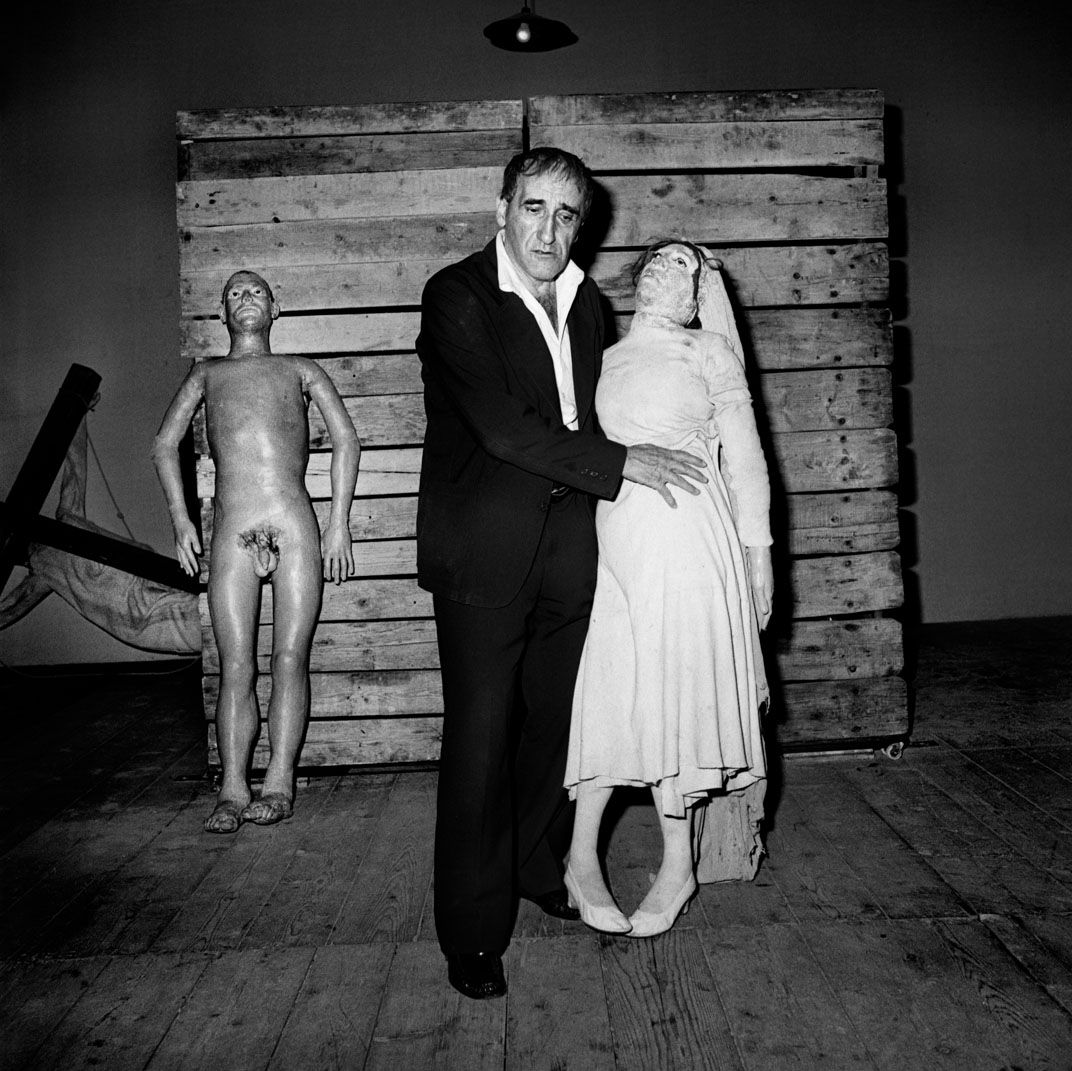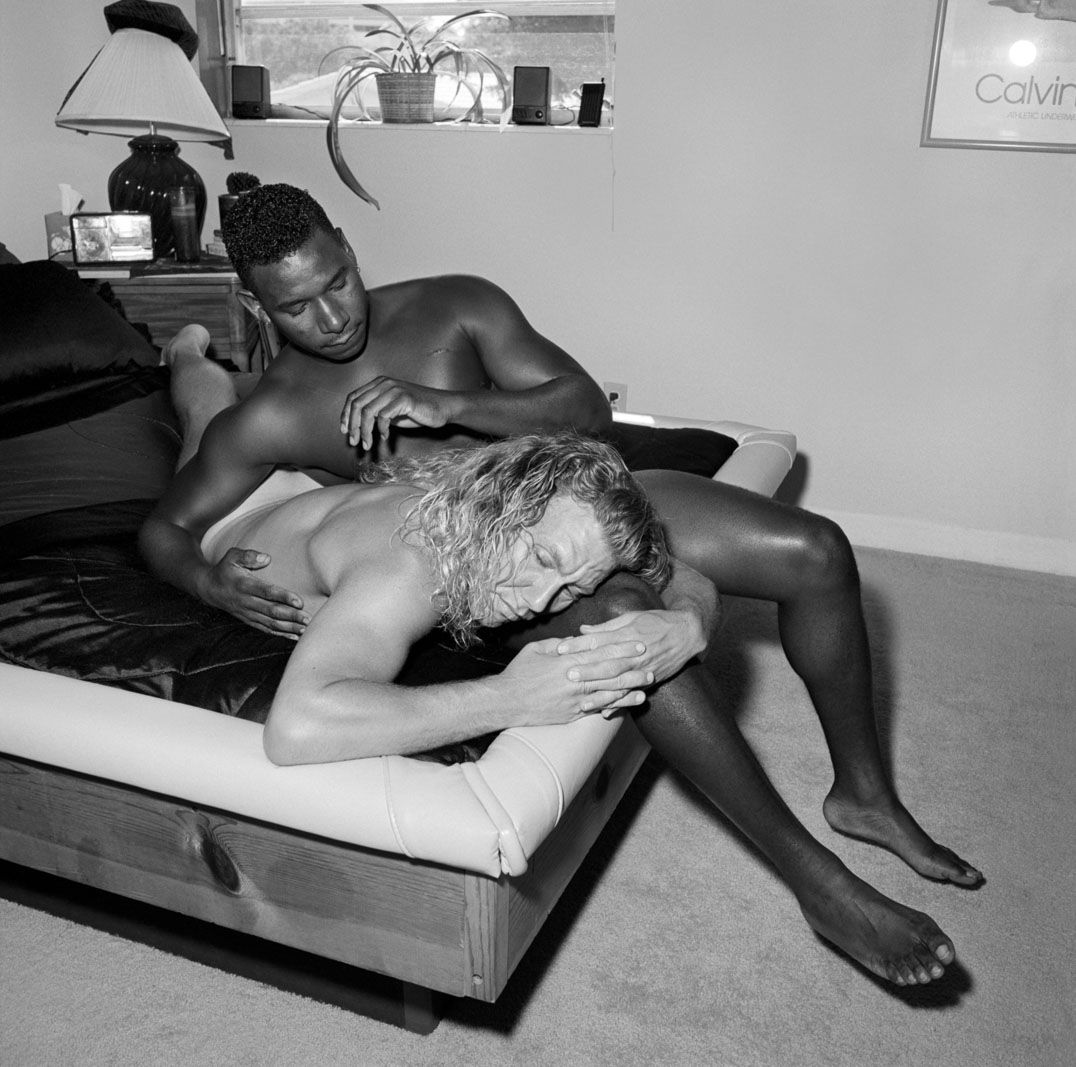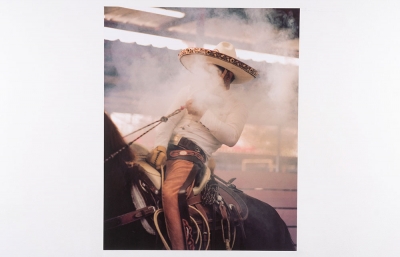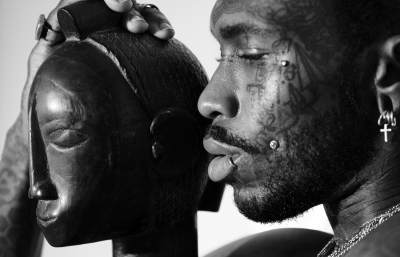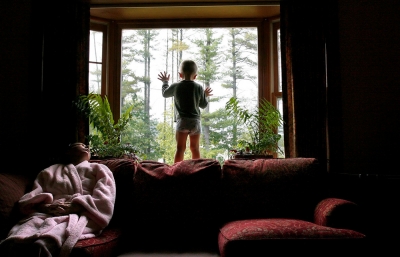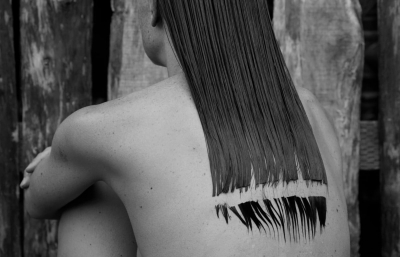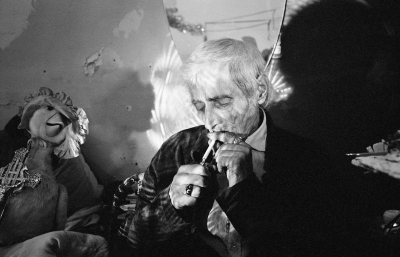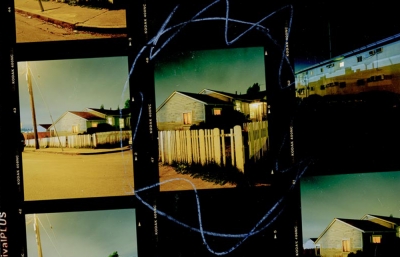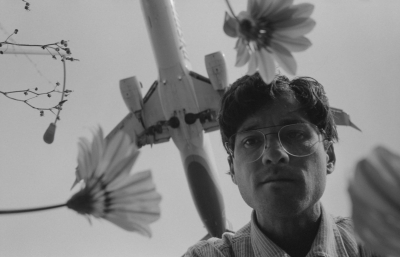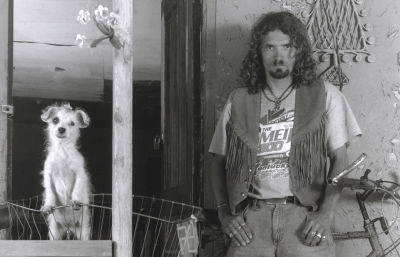Born in 1930 outside of Chicago, IL, Rosalind Fox Solomon has been traversing the world and making pictures for over five decades. Beginning in the early 1970s, Solomon traveled to New York frequently to study with Lisette Model, who encouraged Solomon's passion and unique vision. As her studies progressed, and her personal life went through significant changes, Solomon realized that photography was her life's calling. Never afraid to shoot difficult subject matter, whether it be landmine survivors in Cambodia or AIDS patients at the height of the epidemic in the 1980s, Solomon's work asks the viewer to accept their (perhaps) initial shock or discomfort, and then continue to look; to bestow the subject with dignity.
Solomon's practice is distilled into what is essential: kinship between people. She continuously investigates what it means to know and be known by others, and if that is ever truly possible. In honoring this experience, Solomon creates images that bear witness to the human condition in its multitudes.
After an interview conducted in 2003, Ingrid Sischy wrote of Solomon's practice: "Although the work has many, many subjects within it and has taken her on many journeys, both literally and metaphorically, when one looks at it as a whole there is a consistent sense of humanity to it all. When I asked [Rosalind] recently why she did all this work, she answered in a way that says it all: 'I cared about connecting with other people. Even though it was for brief moments I cared about connecting on a meaningful level, on a gut level. I cared about saying what I thought about our society. I cared about trying to get away from stereotypes. And especially when I started to work in other countries, I felt, at that time, that so many of the pictures that had been done were clichéd. I wanted to take portraits of people that showed them as real human beings, no matter where they were or what their background was'"
View the online exhibition at Bruce Silverstein Gallery. The exhibition features include: images, a video of the conversation, an essay, and interview highlights.

